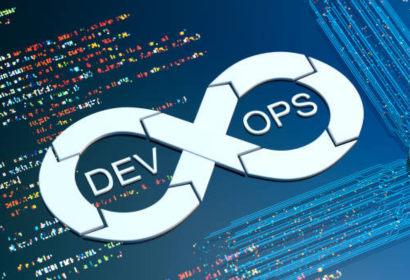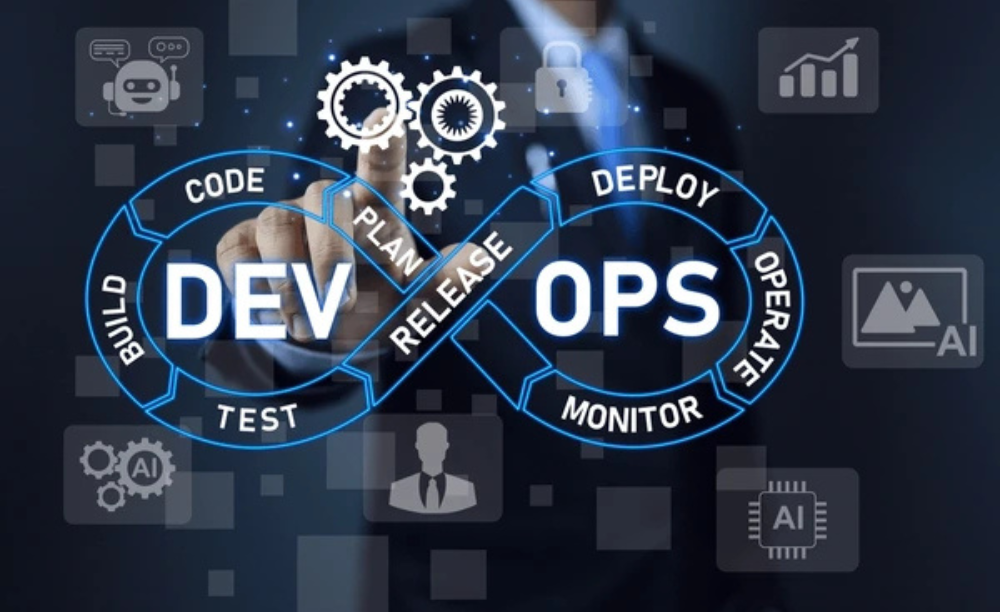As cloud computing continues to evolve, DevOps practices have become more integral than ever for ensuring agile, efficient, and resilient software development lifecycles. In 2025, organizations leveraging DevOps in the cloud must adopt new tools, refined methodologies, and proactive strategies to stay competitive and scalable. Here’s a comprehensive guide to the best DevOps practices in cloud environments for 2025.
1. Embrace Infrastructure as Code (IaC)
In 2025, Infrastructure as Code is not just a best practice—it’s a necessity. Tools like Terraform, AWS CloudFormation, and Pulumi allow teams to define, provision, and manage cloud infrastructure through version-controlled code. This improves consistency, reduces manual errors, and enables faster recovery and scalability.
Best Practice:
-
Use modular IaC templates for reusability.
-
Store all configurations in source control systems (like Git).
-
Incorporate IaC checks into CI/CD pipelines for validation.

2. Automate Everything with CI/CD
Continuous Integration and Continuous Deployment (CI/CD) pipelines are essential for rapid software delivery in the cloud. By 2025, automation is the norm, and manual interventions are minimized.
Best Practice:
Use tools like GitHub Actions, GitLab CI/CD, Jenkins, or CircleCI.
Automate builds, tests, security scans, and deployments.
Implement canary or blue-green deployments to reduce downtime and risk.
3. Shift Left on Security (DevSecOps)
Security is now a shared responsibility. DevSecOps integrates security practices early into the development lifecycle, ensuring vulnerabilities are caught before they reach production.
Best Practice:
Use static and dynamic analysis tools in CI/CD pipelines.
Integrate secret scanning and dependency checking tools.
Conduct regular threat modeling and code reviews.
4. Containerization & Orchestration with Kubernetes
Containers provide consistency across development and production environments, while Kubernetes offers powerful orchestration for scaling and managing applications.
Best Practice:
Standardize containers using Docker or Podman.
Use Kubernetes-native tools like Helm, Argo CD, and Kustomize.
Monitor resource usage and auto-scale clusters based on load.
5. Adopt GitOps for Deployment Management
GitOps extends the benefits of Git-based workflows to infrastructure management. In 2025, it’s a leading pattern for managing cloud-native deployments.
Best Practice:
Treat Git repositories as the single source of truth.
Automate syncing between Git and cluster states.
Use tools like Flux or Argo CD for GitOps workflows.
6. Implement Observability and Monitoring
Observability has evolved beyond simple monitoring. Modern cloud DevOps teams must have deep visibility into their systems to detect, diagnose, and resolve issues swiftly.
Best Practice:
Use tools like Prometheus, Grafana, ELK Stack, or OpenTelemetry.
Monitor key metrics: latency, error rates, throughput, and saturation.
Set up alerting policies and dashboards to track anomalies in real time.
7. Ensure Cloud Cost Optimization
With expanding cloud footprints, cost optimization has become essential. DevOps teams should monitor and manage cloud expenses proactively to avoid overspending.
Best Practice:
Use cloud-native tools like AWS Cost Explorer, Azure Cost Management, or GCP’s Billing Reports.
Implement auto-scaling and rightsizing policies.
Regularly audit unused or underutilized resources.
8. Foster a Culture of Collaboration
The human element remains crucial. In 2025, successful DevOps is not just about tools—it’s about breaking down silos and fostering continuous collaboration between development, operations, and security teams.
Best Practice:
Conduct regular cross-team retrospectives and planning meetings.
Use shared documentation and knowledge bases.
Encourage feedback and continuous learning across departments.
9. Design for Resilience and Scalability
Cloud-native applications must be designed to handle failure gracefully and scale seamlessly with user demand.
Best Practice:
Use microservices architecture where appropriate.
Apply circuit breakers, retries, and failover strategies.
Conduct chaos engineering exercises to test resilience.
10. Stay Updated with Evolving Cloud Ecosystems
The cloud landscape is dynamic. Staying informed about new features, tools, and security updates is essential for maintaining a competitive edge.
Best Practice:
Subscribe to cloud provider changelogs and blogs.
Attend industry conferences and webinars.
Continuously review and refine your DevOps toolkit.
Conclusion
DevOps in the cloud has matured into a strategic advantage for businesses. In 2025, it’s not just about automation or tools—it’s about culture, continuous improvement, and aligning technology with business goals. By following these best practices, organizations can build faster, operate safer, and innovate with confidence in the cloud.









